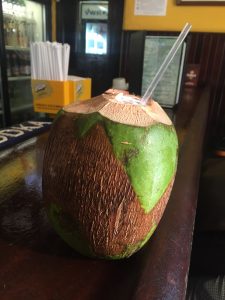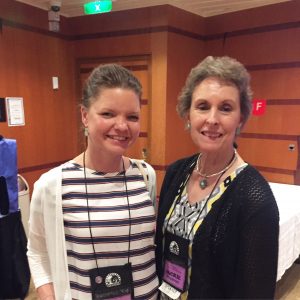Making Lists
Do you have to make shopping lists when you go grocery shopping, just so you won’t forget half of what you went out to get in the first place?
Or, have you ever underestimated the power of a to do list, and missed to call that one person you really had to speak to?
No? It’s just me then.
This is of course a super simplistic way of looking at it, but the main message stays the same: unless you write down what you want, it will be difficult for you to get it. Or get there.
How do you keep track of everything that needs to be done?
For me, it’s definitely the easiest to make a list out of it.
Until what needs to be done becomes a routine, it’s very difficult to remember all the things that require your attention. (Not least if you’re handling something like diabetes.)
And, if there’s something outside of yourself that you want and you don’t formulate clearly what it is, how will other people ever know how to give it to you? And also, how do you get a crystal clear view of exactly it is you want?
Before going on last month’s Low Carb Cruise, I felt a bit nervous about it. First of all, it’s a long trip and secondly, I was about to be in the same room as so many of my Heroes!
I talked to a brilliant friend of mine about it, and she told me to write a list of the people I wanted to talk to during the cruise.
“This is so silly”, I thought to myself, “what’s the use of a list?!”
But, as the excellent friend she is, she pushed me to do it anyway. And am I glad I did!
Lo-and-behold, when I found my list again a few days after we had gotten onto dry land again (but my body was clearly still on the ship, everything was swaying), I had accomplished Every. Single. Thing. on that list! I had talked to all the people I wanted to talk to, and a good few more!
This close-to-obsessive list writing of course doesn’t just apply to rather mundane things, like grocery shopping, or super exciting things, like making sure you grab the chance to talk to your heroes. It’s also absolutely useful for everyday things, like what to bring on your holiday, or things like where you want to be in a year from now, what you’d like your A1c to be and what kind of tools you want and need to simplify your life. For example. Not to mention the good old to do list!
Lists don’t have to be exclusively used for practical things, you can very well use them for things like your emotions and actions to. In that case it’s called a to be list.
What do you want to be like today? How would you like to act in certain situations? And, how do you want to feel?
If you know what (or who) makes you feel good, why don’t you ask for it?
And how do you formulate said wishes, thoughts, questions and desired actions? If you leave it at just a thought, you most likely will forget it. If you see it on and off it’s easier to focus on it. You and I both know that any goal you have is so much easier to reach if you know what you want and you state it clearly, making you focus on it.
Remember that goals like “one day I’d love to be able to go skydiving” just won’t cut it either. It’s too general! Your goal needs to be a SMART one, Specific, Measureable, Attainable, Relevant and Time-bound. The one about skydiving then becomes “In 3 months I want to have the appointment booked for skydiving, providing my doctor says it’s ok at least 2 weeks before”
Then the challenge is just how to get there.
What do you make lists of?













